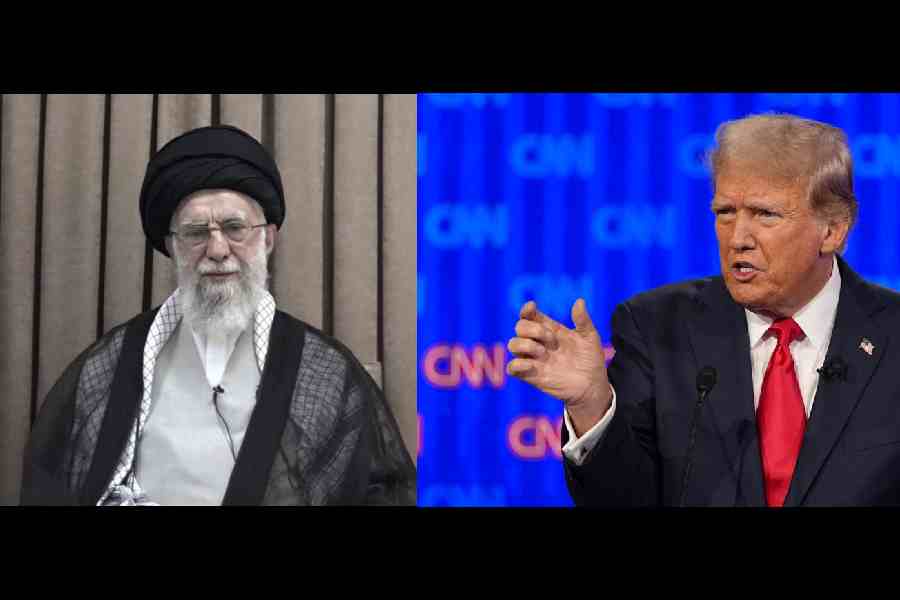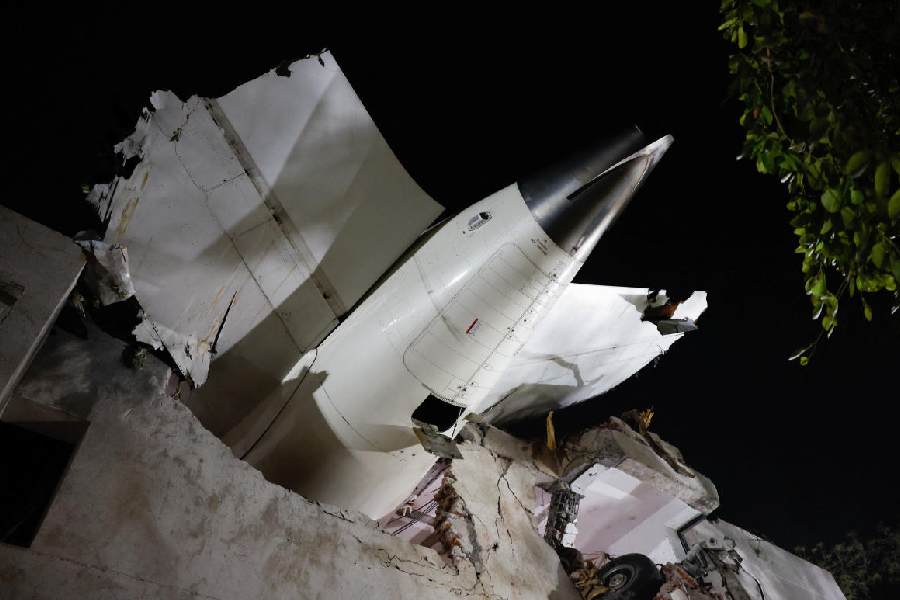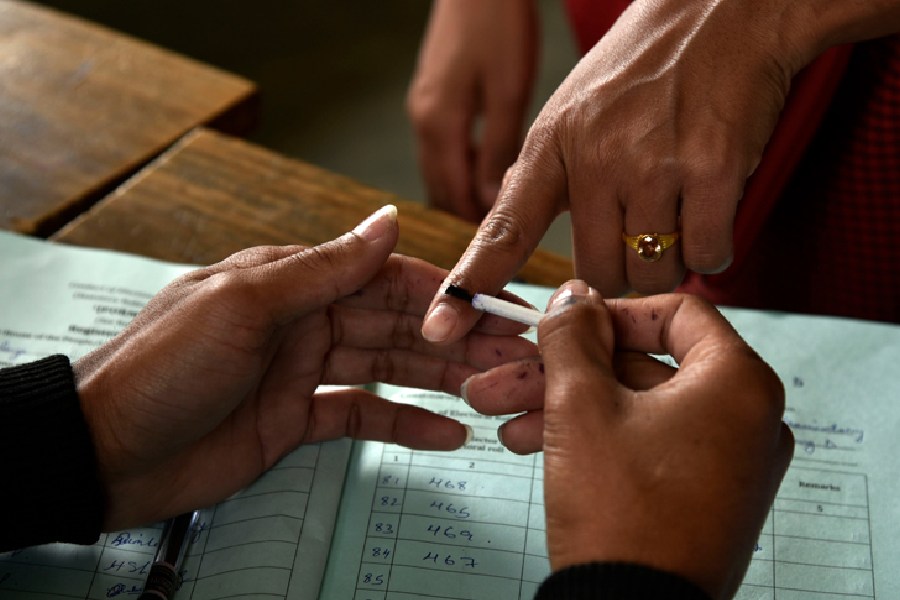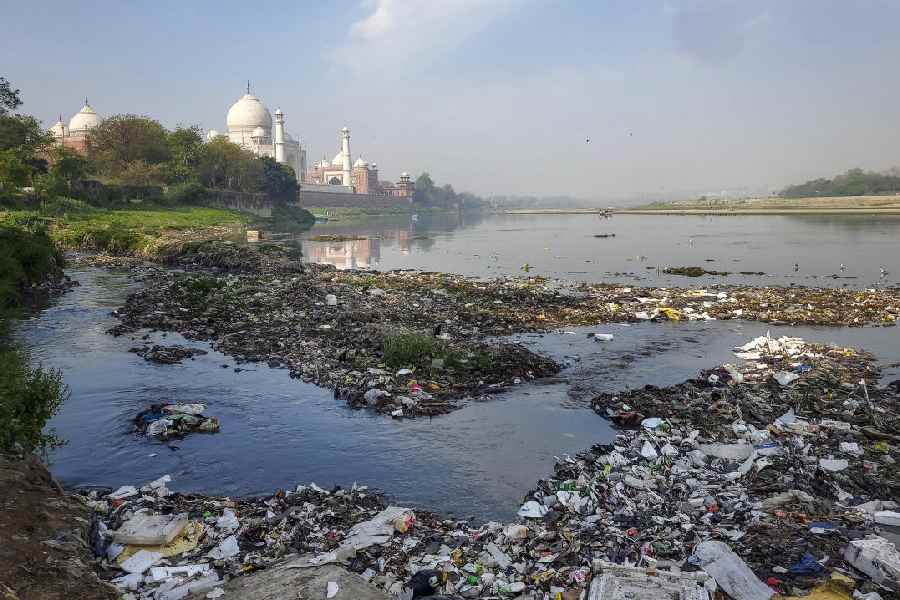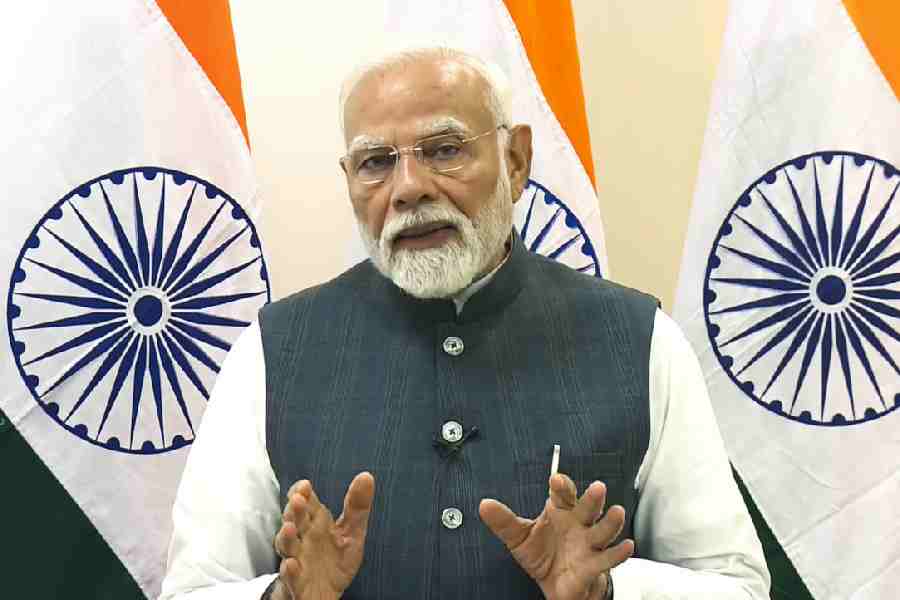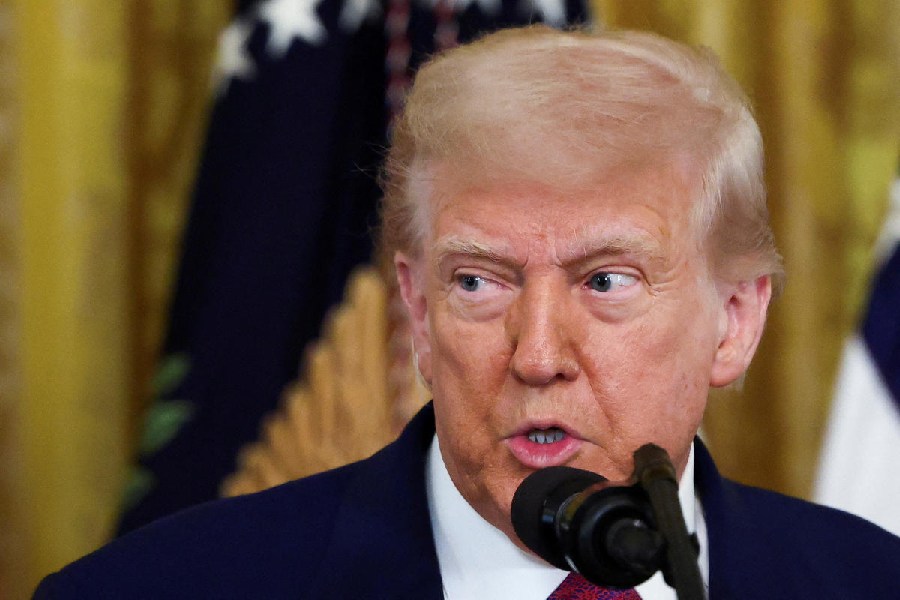 |
| Lord Ravensdale with wife Verity |
London, Jan. 15: He is 82 and has to use a walking stick, but Lord Ravensdale displayed all the English upper-class spirit of adventure, which had been a characteristic of his famous grandfather, Lord Curzon, Viceroy of India from 1898 to 1905.
Yes, said Lord Ravensdale, at his elegant home in north London, he and his wife Verity would be ?delighted? to accept the invitation from the Assam government to celebrations to mark the 100th anniversary of the Kaziranga National Park from February 11-18.
The wildlife sanctuary dates back to 1905 when Curzon set aside nearly 60,000 acres of the Kaziranga forest because his wife wanted the one-horned Indian rhinoceros saved from extinction.
?That must have been one of the last things she did in India because in 1905 Lady Curzon came back to London and died in 1906,? said Ravensdale, who used to be called Sir Nicholas Moseley before he succeeded to his title as the third Baron Ravensdale.
?So that must have been her last gift to India ? her bequest,? he pointed out.
In conversation with Ravensdale, The Telegraph discovered that starting with Lord Curzon, five generations of his family have maintained close links with India.
While his wife, who has been on three extended trips to India with her husband, noted that ?the English do have an affinity with India?, Ravensdale also conceded: ?One knows the English were not always good. Sometimes they were a pain in the neck. The Indians must have a double feeling all the time but there obviously is a great bond between the English and Indians.?
If they could make it to Assam next month, they would treat the trip as their ?last great adventure?.
The faxed invitation from R.P. Agarwalla, secretary of the Kaziranga Centenary Celebrations Committee, sent on December 24 was interrupted in mid-flow and the couple has not heard since.
A second invitation sent to another of Curzon?s grandsons, David Metcalfe, has been sent to the wrong David Metcalfe in Edinburgh.
Ravensdale is the eldest son of Curzon?s middle daughter Cynthia, while Metcalfe is the eldest son of the youngest daughter, Alexandra.
The right David Metcalfe, a financier who lives and works in London, said: ?This trip is something in which I would be interested.?
But he wanted confirmation and a formal letter, pointing out: ?This is a major, major trip. It?s not like going to tea in Tunbridge Wells.?
Another descendant, the Hon James Curzon, whose grandfather was Lord Curzon?s elder brother and who himself has Calcutta connections, also expressed a keen interest in attending the Kaziranga celebrations.
Although Curzon has a mixed reputation in India ? he did untold harm by partitioning Bengal and adopting a ?divide and rule policy? ? his descendants, like many Indians, also acknowledge his many positive achievements.
This includes sanctioning the building of the Victoria Memorial Hall in Calcutta, where there is still a statue of the Viceroy in the garden. And there is Raj Bhavan, once called Government House ? a replica of Kedleston Hall, the stately Curzon family home in Derbyshire.
Flicking through two treasured family albums filled with evocative photographs of Curzon in India ? seated with Indian princes and other dignitaries at regulation tiger shoots, inspecting parades in Calcutta and so on ? Ravensdale said: ?All the family accepted that he had made an enormous contribution. He spent an enormous amount of time and his own money repairing ancient monuments, notably the Taj Mahal.?
Ravensdale, who is a biographer and a prize-winning novelist in his own right, has written a two-part volume on his parents, Sir Oswald and Cynthia Moseley. In the first volume, Rules of the Game, he described his mother?s early life in India.
Curzon and his wife, an American heiress, Mary Leiter, whom he genuinely loved but whose fortune he also needed so that he could lord it as a Viceroy in India, had taken their three little daughters to India. For the sea voyage to India, disclosed Verity, ?they took a cow with them? ? perhaps the only recorded instance in history of an English cow being transported to the land of sacred cows.
The youngest Curzon daughter, Alexandra (nicknamed Baba), ?had to have milk on the boat?, said her nephew.
Since Curzon never had any sons, he could not pass on any of his many titles ? baron, earl, marquess ??because that was the English custom?.
Ravensdale continued: ?So in 1911, he had a specially made new title, which could for one generation go through the female line.?
When Curzon died in 1925, his eldest daughter Irene became Baroness Ravensdale, but she never married, and when she died, the titled passed to the eldest son of Curzon?s second daughter.
?Which was me ? it was all completely crazy,? said Ravensdale, who was two when Curzon died and only nine when his mother passed away.
When Nicholas Moseley, as he then was, was at school, he had little interest in ?Grandfather Curzon?, whom he dismissed as simply another ?English grandee?.
But as he grew up, he devoured books on Curzon and came to admire him and learn more about him from his two aunts.
Ravensdale, who has travelled widely in India, often by bus, summed up his view: ?Curzon always hoped the British would have a overseeing role of the Raj. He did believe in the role of the British Raj ? I don?t think he was of the generation that would really change that much. At the same time, he was noted for trying to encourage Indian civil servants so that, on that level, they would be responsible for their own affairs.?
The link with India remains alive. Lord Ravensdale?s son Marius went to India in his gap year ?and he spent most of a year working at a school for blind children in Delhi?.
And two years ago, a grandson, Matthew, now 20 and at Oxford, ?taught at a school in Sikkim and thought it lovely. Afterwards my oldest son Shaun visited him and father and son went for a trek in the mountains?.
Ravensdale counted: ?So that?s Curzon, my mother, me, my son Marius, and my grandson, Matthew ? that?s the fifth generation.?


